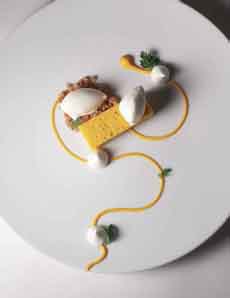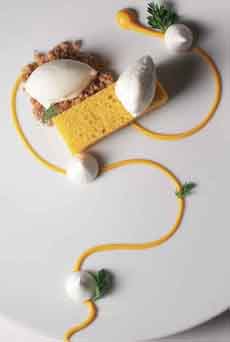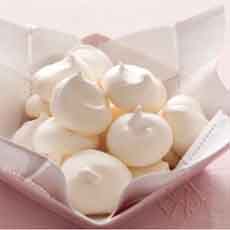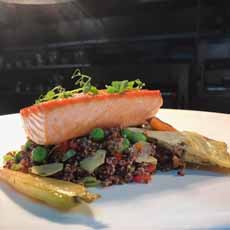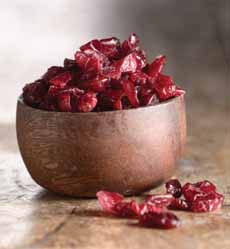|

[1] A carbon dioxide cartridge in the back of the appliance carbonates creates a bottle of sparkling water. There are colors for every decor.
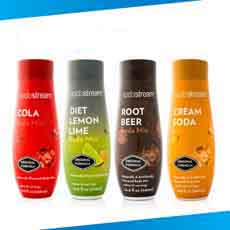
[2] A four-pack of the most popular flavors. First you carbonate the bottle of water (photo above; then you add your flavor.

[3] Fizzy cocktails, anyone? Make a sparkling Bellini, G&T, Margarita or wine spritzer (all photos courtesy SodaStream).
|
|
If you drink a fair amount of sparkling water or soda, there’s one item you should have in your kitchen: SodaStream.
We love SodaStream, the at-home sparkling water maker.
It’s the best way to reduce plastic and metal waste by eliminating the need to buy plastic bottles or cans of sparkling water and soda.
It also saves you gas and muscle fatigue from carrying heavy bags of soft drinks, not to mention disposing of the empties, if you do your best to recycle.
It encourages the family to drink more water: sparkling, plain or with flavors.
It requires no electricity, no battery. It’s lightweight and portable (bring it onto the patio, a boat, etc.).
The carbon dioxide cartridge that provides the fizz is returned for a credit when you purchase refills at SodaStream retailers.
In addition to the company website, SodaStream is sold at Bed Bath & Beyond, Staples, Williams-Sonoma and other retailers. Here’s a store locator.
DRINK WHATEVER YOU WANT
Many people use SodaStream to make sparkling water.
But just add flavor to the bottle, and it’s easy to offer everyone the soda of their choice.
We have six different flavors on in our pantry: cola, diet cola, ginger ale, lemon-lime, root beer and Diet Dr. Pete (like Dr. Pepper).
There are almost 50 flavor choices: something for everyone including cucumber water, energy drinks, coconut water, peach iced tea, cocktail makers (BYOB), even Welch’s grape juice.
We keep three ready-to-drink flavors in the fridge at any time, and can make something a guest requests in a minute.
Just keep extra bottles of cold water in the fridge, and you’re ready to insert one into the SodaStream maker, carbonate in seconds and add flavor.
SPECIAL SAVINGS
Every family making soft drinks in SodaStream’s reusable bottle can reduce more than 3,700 bottles and cans from the planet.
That’s an impressive statistic—and it’s Earth Month. How can you resist a purchase that helps you save our planet?
In addition to sitewide savings, you can take an EXTRA 15% discount with promo code EARTHDAY, through April 27th.
Head to SodaStream.com.
AND REMEMBER MOTHER’S DAY AND FATHER’S DAY: COMING SOON!
|
